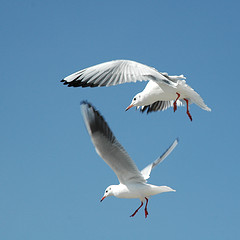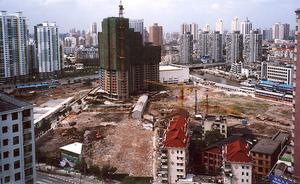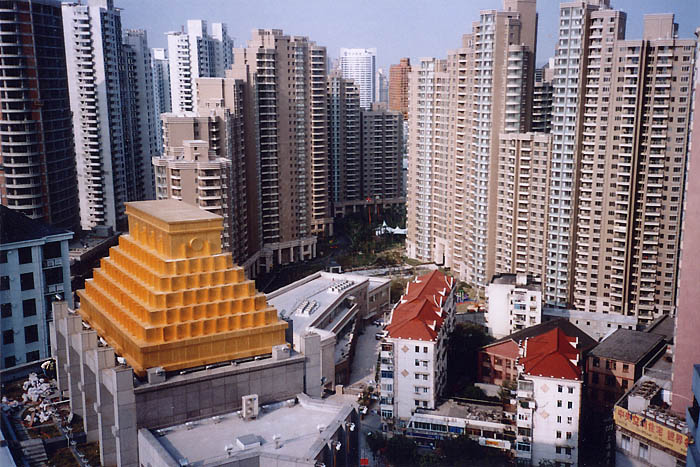“For years China has been the world’s cheap assembly shop. Now, it is laying the groundwork to become a global power in more sophisticated, technology-intensive industries.”
Zhang Jun
China Centre for Economic Studies
That’s the general idea anyway, but China remains wholly unprepared and unequipped for such a smooth move up the value chain. China is starting from a very narrow base and its financial share of the entire manufacturing process is growing smaller. The SCMP’s Jake Van Der Camp recently turned his eye to the problem of China’s manufacturing squeeze:
About 150 years ago England went through an industrial revolution and you probably still recognise names associated with that period – Watt, Brunel, Stephenson, Wedgwood for instance. Just over 100 years ago it was the turn of the United States and you know the brand names – Ford, Westinghouse, Standard Oil and so on. You also know the brand names from Japan’s industrial emergence – Sony, Toyota, JVC. Even the recent ones from South Korea are recognised round the world – Hyundai, Samsung, LG.
Can you give me a brand name from China recognised round the world? Haier, you say? Sorry, not in Dogdung, Nebraska or Chienmerde, France.
China has so far been the world’s cheap assembly shop, using foreign technology, foreign components, foreign know-how and foreign brandnames. Exports from foreign invested enterprises as a percentage of China’s total exports stood at just over 20% in 1993 (source CEIC), that figure hit 50% around 2000 and now stands at over 60% and rising. After all, if a large country is willing to allow its people to be an underpaid manufacturing slave-labour force, well, the rest of the world will naturally take advantage of it.
The rest of the manufacturing process, i.e. product design, brand ownership, sources of required components, marketing, finance, insurance etc. is largely based overseas. Unfortunately for China, these stages are where most of the money is made.
Also, unfortunately for China, it’s already small slice of that earnings pie is growing smaller. As the prices of China raw materials have shot up in the last couple of years, the prices of Asian imports into the U.S. have gone down at a similar rate (U.S Import Index, China). This is termed ‘margin squeeze’. Companies like Wal-Mart, for instance, demand lower prices every year for consumer goods that it sources from Asia.
Professor Zhang Jun warns China, reform before it’s too late: “The country first needs domestic structural reform that encompasses the gross inefficiencies of the financial system, massive misallocation of capital and the dead weight of state enterprises“. If Beijing wants to make the next step up, they should take a few lessons from how Henry Ford did it with Ford Motor and Akio Morita with Sony. They will never get their sophisticated brands with a short-term focus on headlong growth.



Comments